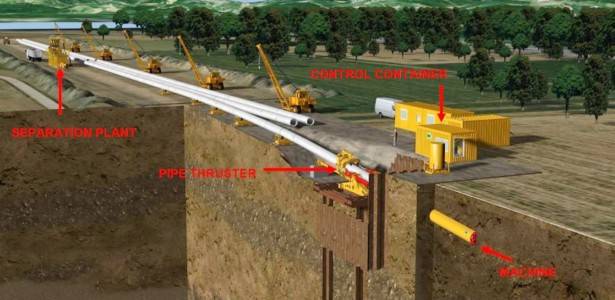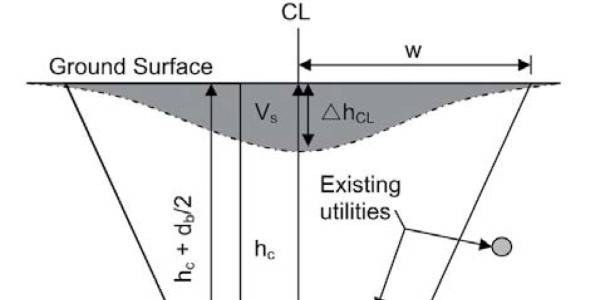Abstract
TransCanada Corporation (TransCanada) proposed the design and construction of the new Northern Courier Pipeline Project (NCP). The pipeline project included seven large watercourse crossings, each over 700 m in length, and one major pipeline corridor crossing. The largest crossing identified was the Athabasca River, located north of Fort Mackay, Alberta.
The combination of the length of the crossing and required borehole diameter, 2,196 m (7,205ft) and 1.37 m (54”) respectively, was a milestone for the HDD Industry in North America. The complexity and scope of this project required significant pre-planning to evaluate feasibility and to reliably design to the associated issues with the crossing. The HDD construction required the use of some new engineering, installation and restraining techniques to achieve the final goal and function of the pipeline.
The Client, Engineering Team, and the HDD Contractor worked together during the construction phase to successfully finish the crossing.
This paper will discuss the challenges faced during the design phase as well as the risks associated with the construction phase of the Athabasca River HDD crossing.
Publication Date: 2017
Presented at:
NASTT’s 2017 No-Dig North Show, Washington, D.C.
April 9-12, 2017
Paper Number: MM-T2-03
Authors
Sam Wilson, CCI Inc., Edmonton, Alberta
Brent Goerz, CCI Inc., Edmonton, Alberta
Jesse Bajnok, TransCanada Corporation, Calgary, Alberta




